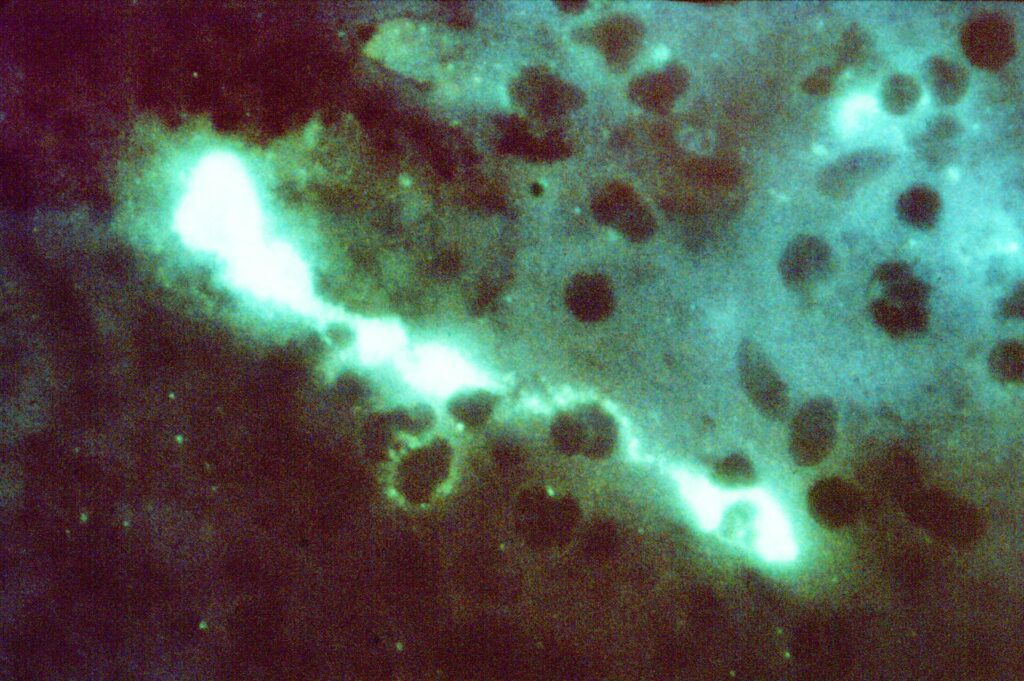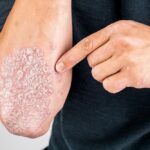Psittacosis, also known as parrot fever or ornithosis, is a zoonotic infectious disease caused by the bacterium Chlamydia psittaci. It primarily affects individuals exposed to infected birds, particularly parrots, pigeons, and poultry. Though rare, psittacosis poses a serious public health concern due to its potential for severe respiratory illness and systemic complications in humans.

Transmission and Epidemiology of Psittacosis
Bird-to-Human Transmission Pathways
Psittacosis is transmitted through:
- Inhalation of aerosolized secretions, feces, or feather dust from infected birds
- Direct contact with bird droppings or secretions
- Handling of sick or deceased birds without protective equipment
Human-to-human transmission is exceptionally rare.
At-Risk Populations
- Bird owners and avian veterinarians
- Poultry workers and pet shop employees
- Wildlife rehabilitators
- Laboratory personnel handling avian specimens
Etiologic Agent: Characteristics of Chlamydia psittaci
Chlamydia psittaci is an obligate intracellular bacterium with the ability to survive in dry environments for extended periods, enhancing its infectivity. The organism exhibits multiple genotypes, with genotype A being most commonly associated with psittacine birds and human disease.
Clinical Manifestations of Psittacosis in Humans
Symptom Onset and Progression
The incubation period ranges from 5 to 14 days. Clinical presentations vary from mild flu-like symptoms to severe systemic illness.
Common symptoms include:
- High-grade fever and chills
- Nonproductive cough
- Headache and myalgia
- Dyspnea and chest pain
- Gastrointestinal symptoms (nausea, vomiting, diarrhea)
- Hepatosplenomegaly in severe cases
Atypical Pneumonia and Systemic Complications
Psittacosis often presents as atypical pneumonia, with extrapulmonary complications such as:
- Endocarditis
- Hepatitis
- Myocarditis
- Encephalitis
- Reactive arthritis
Diagnostic Approach to Psittacosis
Clinical Suspicion and History
A thorough occupational and exposure history is essential, especially recent contact with birds or bird environments.
Laboratory Investigations
- Complete Blood Count (CBC): Leukopenia or thrombocytopenia
- Liver Function Tests (LFTs): Elevated transaminases
- Serologic Tests: Complement fixation and microimmunofluorescence assays
- PCR: Rapid and specific detection of C. psittaci DNA
- Culture: Rarely performed due to biosafety risks
Radiographic Findings
Chest radiographs typically reveal:
- Patchy or diffuse infiltrates
- Interstitial pneumonia pattern
- Lobar consolidation in severe cases
Treatment Guidelines for Psittacosis
First-Line Therapy
- Doxycycline 100 mg orally twice daily for 10–14 days
- Rapid clinical improvement often within 48–72 hours
- Extended treatment may be required to prevent relapse
Alternative Options
- Azithromycin or Clarithromycin for pregnant women or doxycycline intolerance
- Levofloxacin or moxifloxacin as second-line agents
Hospitalization may be necessary for severe or complicated cases requiring intravenous antibiotics and supportive care.
Preventive Measures and Infection Control
Personal and Occupational Precautions
- Use of personal protective equipment (PPE) when handling birds or cleaning cages
- Avoid aerosol-generating procedures in avian environments
- Routine hand hygiene and disinfection practices
Avian Health Monitoring
- Quarantine and screening of imported or newly acquired birds
- Prompt veterinary attention for ill birds
- Notification of public health authorities for confirmed cases
Psittacosis and Public Health Implications
Reporting and Surveillance
In many countries, psittacosis is a notifiable disease. Rapid identification and reporting enable:
- Tracing of potential sources of infection
- Implementation of containment measures
- Surveillance of zoonotic disease outbreaks
Role in Bioterrorism Concerns
Due to its aerosol transmission potential, Chlamydia psittaci is classified by the CDC as a Category B bioterrorism agent, warranting appropriate biosafety precautions in diagnostic labs.
Psittacosis in Birds: Reservoirs and Clinical Signs
Reservoir Hosts
Common avian carriers include:
- Parrots (parakeets, cockatiels, macaws)
- Pigeons and doves
- Turkeys and ducks
- Seabirds and shorebirds
Symptoms in Infected Birds
- Lethargy and anorexia
- Nasal discharge and conjunctivitis
- Diarrhea and weight loss
- Sudden death in acute cases
Birds may be asymptomatic carriers, shedding the organism intermittently or under stress.
Frequently Asked Questions:
Q1. Can I get psittacosis from my pet parrot?
Yes. Infected pet birds, even if asymptomatic, can transmit psittacosis through droppings or respiratory secretions.
Q2. Is psittacosis contagious between people?
Human-to-human transmission is extremely rare and not considered a primary route.
Q3. How long does it take to recover from psittacosis?
Most patients recover within 2–3 weeks with appropriate antibiotic treatment.
Q4. Is psittacosis a reportable disease?
Yes, in many jurisdictions, it is legally reportable to public health authorities.
Q5. What should I do if I suspect psittacosis in my bird?
Contact a veterinarian experienced in avian medicine for testing and treatment recommendations.
Psittacosis remains a significant zoonotic disease with the potential for severe respiratory illness in humans. Prompt recognition, accurate diagnosis, and timely initiation of antibiotic therapy are crucial for favorable outcomes. With proper hygiene, avian care, and public health vigilance, the risk of psittacosis transmission can be effectively minimized.

